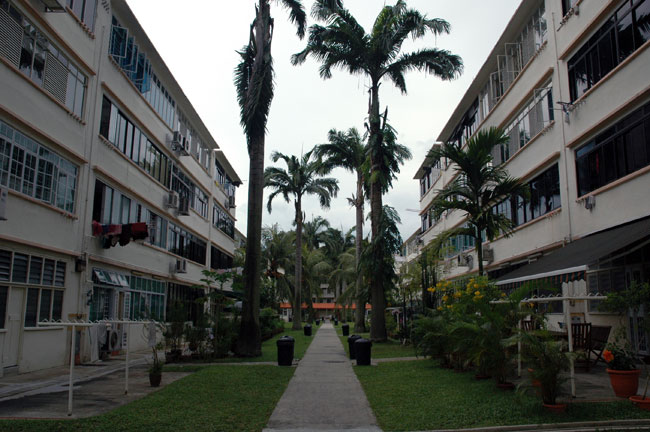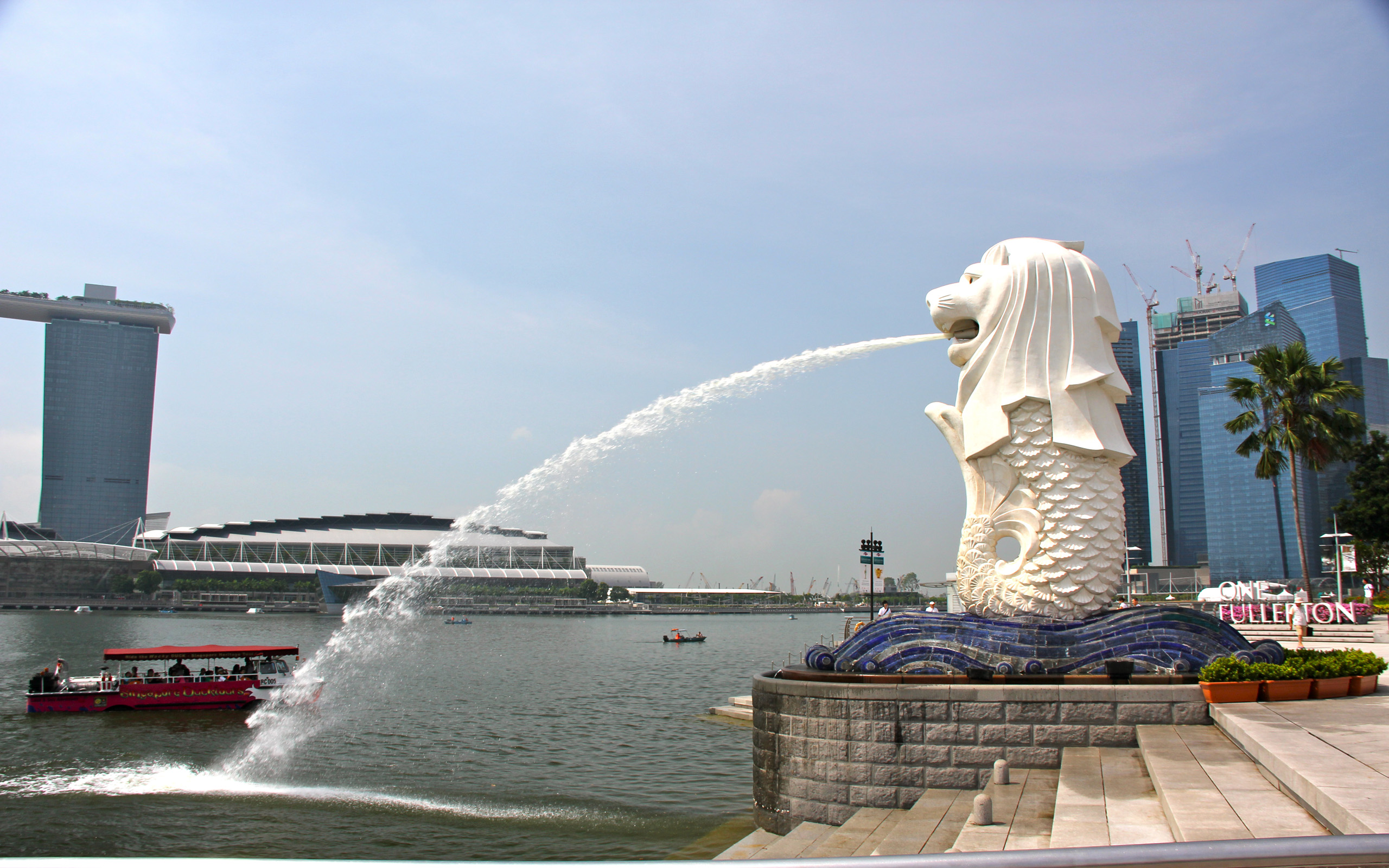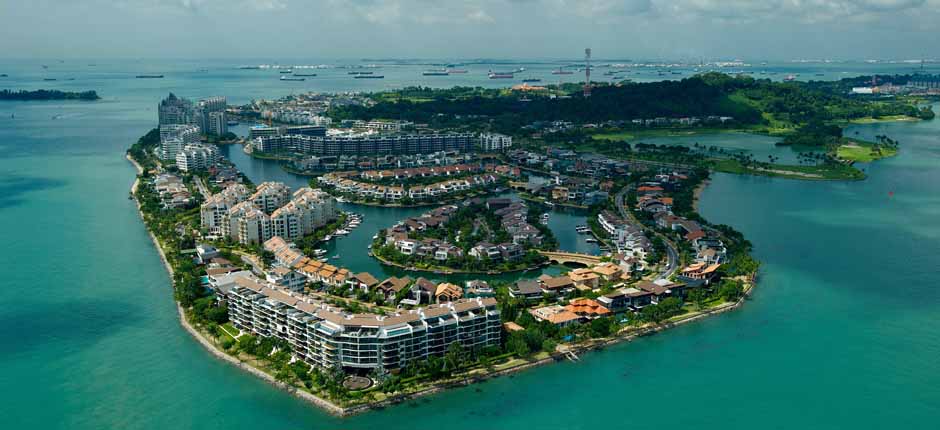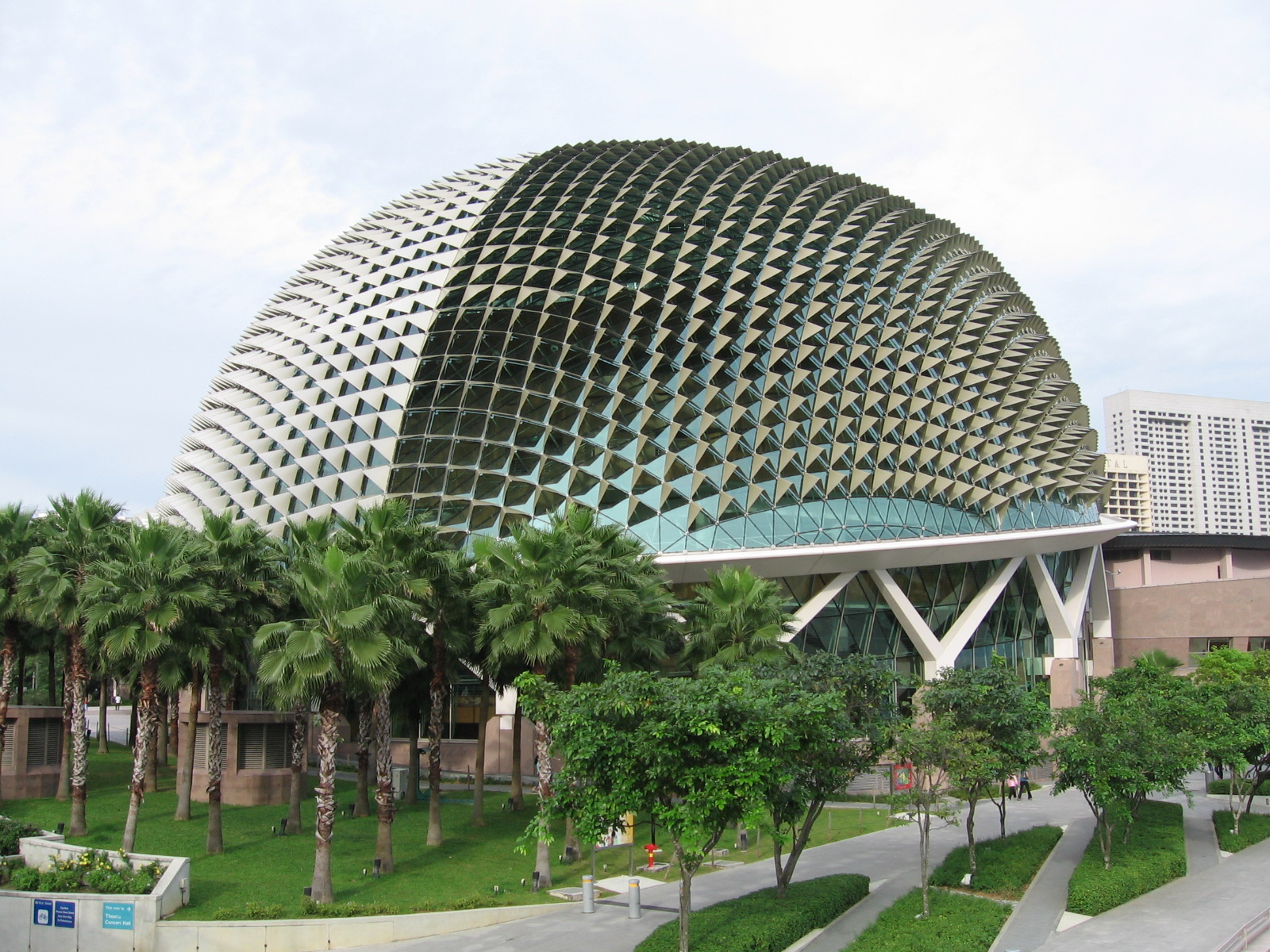Singapore /Singapore /Singapore
Sight Address : Tiong Bahru Road, Singapore, Singapore.
Edit
Detail InformationEdit
Built in the 1930s, Tiong Bahru Estate is one of the oldest housing estates in Singapore. It was the first project undertaken by the Singapore Improvement Trust (SIT), a government body administered by the British colonial authority, to provide for mass public housing in Singapore. The estate consists of about 30 apartment blocks with a total of over 900 units. The apartment blocks are made up of two to five-storey flats and the units are assorted three to five-room apartments.The construction style of the estate is a mix of Streamline Moderne and local Straits Settlements shop-house architecture. The flats feature rounded balconies, flat rooftops, spiral staircases, light wells and underground storage and shelters. One notable feature of Tiong Bahru estate is that all its streets are named after Chinese pioneers of the 19th and early 20th centuries (Lim Liak, Kim Pong, Guan Chuan, Chay Yan, etc.).It is apparent that a lot of effort was put into designing the estate with a series of flats that are visually pleasing. Thus the flats in the Tiong Bahru estate contrasted markedly with those of the much later post-war mass housing programs undertaken by SIT’s successor, the Housing and Development Board. In contrast with the aesthetic art deco theme of the Tiong Bahru flats, the flats built by the Housing Board in the 1950s and 1960s are starkly utilitarian in appearance and design; where flats are almost identical in their two-dimensional “matchbox” style.Not many people could afford to live in the Tiong Bahru Estate during the pre-World War II years. It was the choice place of living for the upper class and also the place where the rich and powerful kept their mistresses. For this reason, the estate used to be known as Mei Ren Wo (“den of beauties” in Chinese).The population in Tiong Bahru estate tripled after the Second World War, and it gradually lost its exalted status as an exclusive upper class housing estate. However, it retained its close-knit Kampung (small village in Malay) spirit and became a bustling and lively little town where everyone knows and looks out for each other.The new Tiong Bahru Market was completed in May 2006Tiong Bahru is renowned for its bird-singing aviaries, which has now been torn down and replaced by the Link Hotel. Bird lovers gather with their songbirds every morning to catch up with fellow bird lovers over coffee and tea amid the crisp, melodious chirps of Prinias, Robins, and Shrikes. The bird corner is now part of The Link Hotel that took over the former block of flats in the mid-2000s. Its attempts to revive the bird corner have yet to become fully successful.Tiong Bahru is also very famous for the quality and range of the local food fare. In particular, Tiong Bahru market boasts some of the best hawker stalls in Singapore that tops the country’s eatery charts regularly. It is not uncommon for people living in other parts of Singapore to come all the way to Tiong Bahru to enjoy a simple meal of Char siew rice, stir-fried prawn noodles, and other local culinary delights. In a city-state abound with food courts, hawker centers and other eateries, this bears testament to the delectability and Popularity of the food in Tiong Bahru. Tiong Bahru Market, under the charge of the National Environment Agency, was, in fact, the first modern market to be built in a housing area, in 1955, by the SIT. Prior to the building of the Market, also known as Seng Poh Market, the hawkers were all street-hawkers, who were under constant threat of being chased off as street-trading was illegal. Tired of their uncertain lifestyle, the hawkers organised themselves and petitioned successfully to the Governor of Singapore, for a market to be built. The SIT thus, built an experimental modern market on the same spot as today’s market.In recent years, the population of Tiong Bahru estate has declined steadily. Following the economic boom of the 1970s and 1980s, the next generation of Singaporeans became more affluent and sophisticated. They hold allure to the sleek and modern designs of new towns and private condominiums and began moving out of Tiong Bahru en-masse. Consequently, Tiong Bahru estate for a while became an estate for the elderly, but lately younger Westerners and sophisticated Singaporeans have been rediscovering the charm of the area.In 2003, as a result of many years of discussion over its heritage status both as a pioneering experiment in modern urban housing in Singapore and S.E.Asia, as well as its entrenched familiarity in Singaporeans’ sense of place, 20 blocks of the pre-WW2 flats were gazetted by the Urban Redevelopment Authority for Conservation. Included in the Tiong Bahru Conservation Area are 36 units of shopflats/shophouses along Outram Road.The area, is also home to several events that demonstrate a lively folk culture. The Market has a regular 7th Lunar Month dinner and auction. The long established Qi Tian Gong Temple on Eng Hoon Street, dedicated to the Monkey God, has birthday celebrations annually on the 16th day of the 1st and 8th Lunar Months, which includes lion, dragon dances, and performances of Chinese street opera.The nearest Mass Rapid Transit station is Tiong Bahru MRT Station.The estate and its residents were the subject of the 10th in the CIVIC LIFE films by Irish filmmakers Joe Lawlor and Christine Molloy. TIONG BAHRU, starring 150 volunteers from the estate and from across Singapore, was shot in June 2010 and premiered at the National Museum of Singapore in October 2010.
HistoryEdit
N.A.
Must SeeEdit
Attraction
Visiting TimeEdit
N.A.
Closed OnEdit
N.A.
Best Season to VisitEdit
June to July and November to December.
Best Time To VisitEdit
N.A.
Time Required for SightseeingEdit
N.A.
Ticket Required : No Edit
Individual National Adult : N.A.
Kids : N.A.
Individual Foreigner Adult : N.A.
Kids : N.A.
Still Photo Camera : N.A.
Video Camera : N.A.
Guide Required : No Edit
Approximate cost: N.A.
Dress Code (If Any) : No Edit
Dress Require: N.A.
Restaurants NearbyAdd / Edit
How to ReachEdit
Taxi : Taxis are generally very hard to get during peak hours (Mon-Fri 7:00am – 9:30am and Mon-Sat 5:00pm – 8:00pm) and on rainy days. If you are at a hotel, have conceirge call you a taxi. If you are out about town and have access to a cell phone- calling for a taxi will cut your wait time by 20 to 30 minutes. All taxis are fitted with meters; all are air conditioned; the majority of the taxis are 5-seaters; about 90% of taxis have radiophones; call booking is done via GPS or digital voice dispatch. All passengers must fasten their seat belts by law.
For taxi Booking fee is SGD $2.3. Minimum fare for taxi is SGD $3 for first 1Km. Fare above minimum fare until 10Km is SGD $0.55 per Km. Fare above 10Km is charge SGD $0.628 per Km. Taxi Waiting charges per hour is SGD $17.6. Peak Hours charges is diffrent.
Bus : Public buses run daily from 5.30am to midnight. Extended night services cost slightly more (a flat rate ranging from $1.50-$3.00). Otherwise, most fares depend on distance travelled and range from 67 cents to $1.58 for air-conditioned comfort (almost all public buses in Singapore have air-conditioning today). There are also “feeder” bus services that charge a flat rate of 67 cents. Each bus should not take more than 15 to 20 minutes to arrive at the bus stop.
Train : Singapore MRT system is very well connected to different parts of Singapore and very clean! If you have the time and plan to explore around little Sunny island, get the the Singapore Tourist Pass!
It runs 6am-12mn, fares start at S$1 (70cents in EZ link). Tickets can be purchased in all MRT stations. You just have to insert your money through the ticket machine. Rush hour’s usually 7am-9am, 11am-2pm and 4pm-7pm.
Air : Changi Airport is the country’s main airport. From the airport there are a number of ways to get into the city:
Taxi is easiest – simply follow the signs after clearing customs. Meters are always used in Singapore and prices are reasonable. A trip to the city during the day will be between $20-$30 including $3-5 airport surcharge. An additional 50% surcharge applies between midnight and 06:00.
Limousines charge a flat $50 to anywhere in the city and are a pretty good deal after midnight, as you can skip the queue and avoid the surcharge. The same pricing applies to chartering van-sized MaxiCabs, which are good for large families or if you have lots of baggage.
Shuttle – Shared six-seater MaxiCab shuttle service to designated areas/hotels costs $7 and can be booked in advance or in the arrivals hall. 6AM-2AM, every 15-30 min.
Subway – MRT trains run from a station between T2 and T3, but you’ll need to change trains at Tanah Merah to a city-bound train: just exit through the left hand side door and cross the platform. The 30 min ride to City Hall station costs $1.90 plus a refundable $1 deposit, and trains run 05:31-23:18.
Bus – Bus terminals can be found in the basements of T1, T2 and T3. 06:00-23:59 only. Fares are less than $2.00, exact fare required (no change given) if you pay cash.
Others : N.A.
Things to CarryEdit
Safety / WarningEdit
- Please be advised that all bags and personal items are subject to inspection.
HelplineEdit
- Police: 999
- Emergencies/Ambulance/Fire Brigade: 999
- Police Hotline: 1800 353 0000
- Non-emergency ambulance: 1777
- Flight Information (24-hours): 1800-542 4422
- Tourism Information (24-hours): 1800-736 2000



